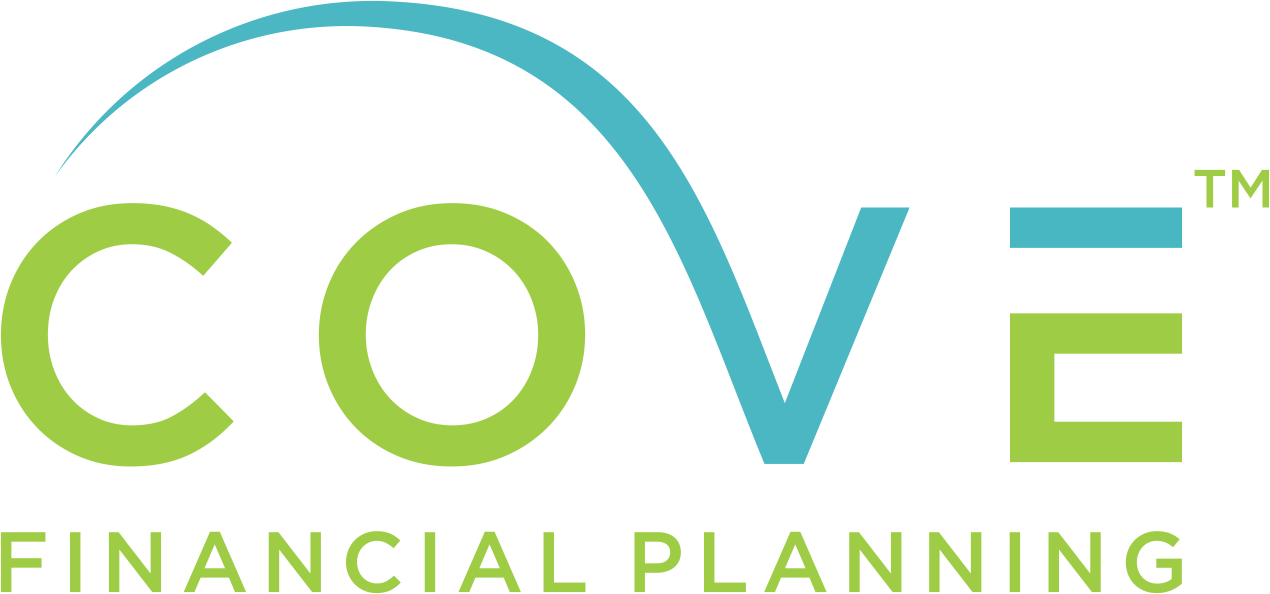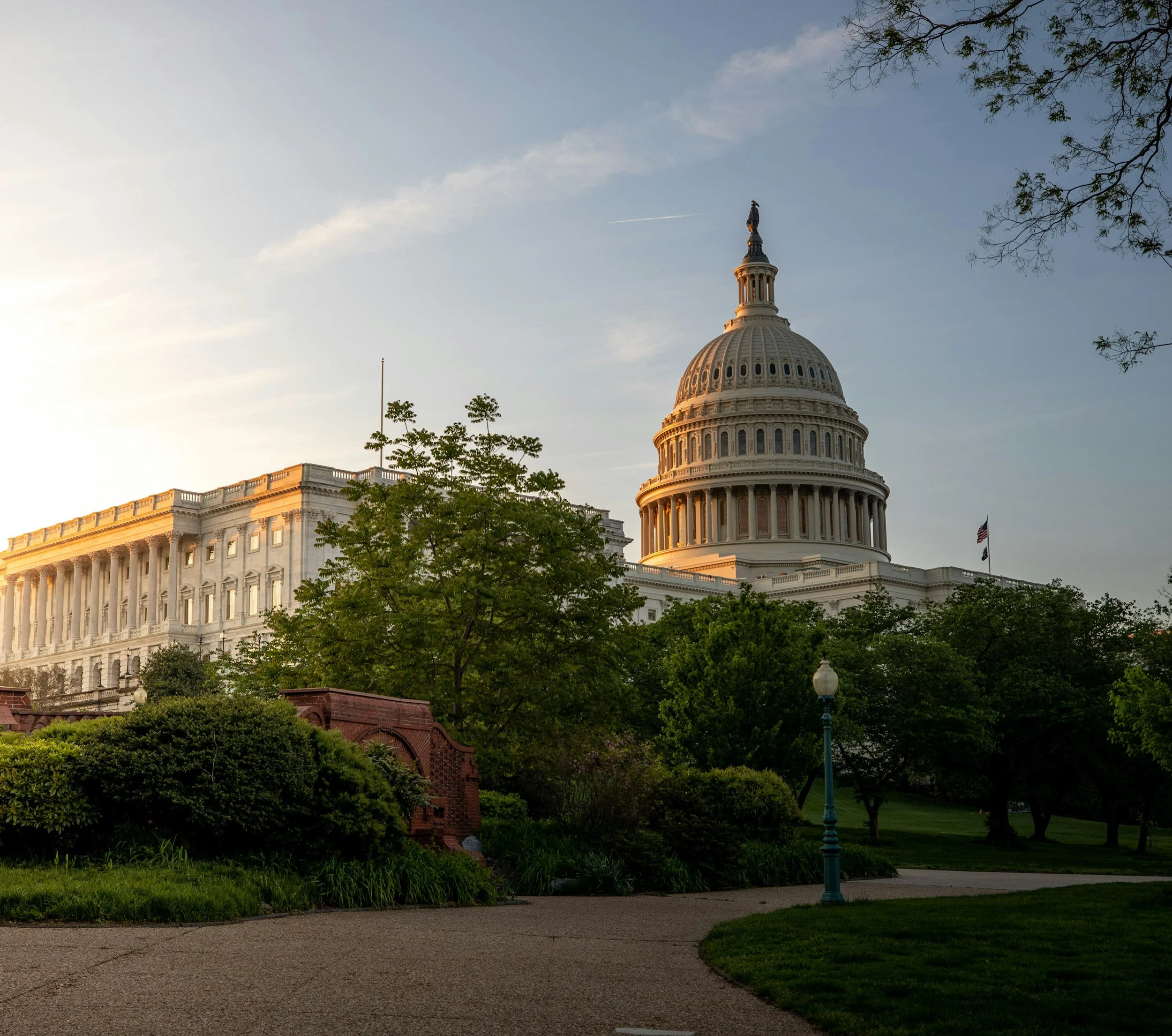How Will The One Big Beautiful Bill Act Affect Me?
What is this new tax bill?
I hope you all had a great 4th of July weekend! You may have seen the barrage of news articles about the One Big Beautiful Bill Act (OBBBA) which was recently passed by the House and Senate by a slim margin and signed by President Trump.
I wanted to share a quick article about what this bill is all about and how it will impact your financial plans on top of the financial implications that Trump’s second term has already laid out.
The bill is a huge piece of legislation that covers a wide range of topics, including tax regulations, energy, immigration, healthcare, defense and national security, education, transportation and infrastructure, agriculture and rural development and more.
The most impactful areas of this bill relate to your personal income taxes.
On the whole, most high-income individuals and families will actually benefit from the tax changes in this bill.
In fact, nearly every client I work will ultimately come out ahead as a result of this new tax bill, and that’s without taking into consideration a few advanced planning strategies I will be helping put to work.
That said, it’s important to take note of the income phaseouts on most of the new deductions and credits (explained below).
Read on for an overview of what’s included in the new tax bill and how it could impact your financial situation.
What does the bill include?
1. Tax updates
The OBBBA includes the following tax changes:
Permanent extension of the 2017 tax cuts in the Tax Cuts and Jobs Act (TCJA):
Same income-tax rates in previous years, adjusted for inflation, with a top tax rate of 37%
If the TCJA rates would have expired at the end of 2025, most taxpayers would have seen an increase in their income taxes
Who benefits most?
Taxpayers with moderate to high incomes
Increased standard deduction:
Standard deduction of $32,000 for married couples ($16,000 for single filers), up from the current $30,000 ($15,000 for single filers) from 2025 through 2028
Who benefits most?
Anyone taking the standard deduction (instead of itemizing)
Increased age senior deduction:
Those ages 65 and older will each receive a special deduction of $4,000 from 2025 through 2028 on top of the increased standard deduction
This applies to everyone over the age of 65, so if you file jointly, and only one of you or your spouse is over age 65, then you will receive the $4,000 deduction together; if you are both over age 65, you will receive the full $8,000 deduction
Who benefits most?
All senior citizens who take the standard deduction; this replaces the original plan to eliminate taxes on Social Security
State and local tax (SALT) deduction increasing:
This SALT deduction on expenses like property taxes and state-income taxes is increasing from $10,000 to $40,000 with a 1% increase each year through 2029 before returning to the $10,000 limit for 2030
Income phaseout: $500,000 of MAGI (modified adjusted gross income) for married filers ($250,000 for single filers)
Who benefits most?
Homeowners in high-income-tax states
Increased child tax credit:
Child tax credit raised by $200 to $2,200 (up from $2,000) for 2025 and adjusted for inflation in future years
Income phaseout: $400,000 of MAGI for married filers ($200,000 for single filers)
Who benefits most?
Families with many kids who earn below the income thresholds
Student-loan changes:
Only two repayment plan choices for new federal student-loan borrowers: a standard repayment plan with fixed payments and an income-based repayment plan known as the Repayment Assistance Plan (RAP)
New student-loan caps:
Caps unsubsidized student loans at $20,500 per year and $100,000 lifetime, for graduate students;
Caps borrowing for professional degrees, such as those for doctors and lawyers, at $50,000 per year and $200,000 lifetime;
Adds a lifetime borrowing limit for all federal student loans of $257,500;
Caps parent borrowing through the federal Parent PLUS loan program at $20,000 per year per student and $65,000 lifetime;
Eliminates grad PLUS loans which previously allowed graduate students to borrow up to their entire cost of attendance minus any federal aid
Who benefits most?
Student borrowers aren’t really benefiting from these changes in my opinion; at best, this will create simplicity among the current student-loan repayment options
Expanded 529 plans usage:
Permitted use of 529 funds to include K-12 expenses related to tutoring, textbooks, test preparation, online learning, special ed and homeschool materials (previously only for K-12 private tuition)
Who benefits most?
Families with several kids at any income level, particularly in states that offer a deduction on 529 plan contributions (including Wisconsin, Minnesota and Illinois)
Savings accounts for newborns:
Families can save up to $5,000 per year into new, tax-deferred “Trump Accounts” for each child
The government will fund these accounts with $1,000 for every baby born between 2025 and 2028
Earnings grow tax-deferred and are taxed at long-term capital gains rate upon withdrawal at specific time intervals
Who benefits most?
Families who plan on having kids in the next few years
Car loan interest deduction:
New deduction up to $10,000 of auto-loan interest for U.S.-made vehicles through 2028
Income phaseout: $200,000 of MAGI for married filers ($100,000 for single filers)
Who benefits most?
People in the market for a U.S. vehicle whose income fall below the eligible limits
Charitable donations:
Deduction of $2,000 for joint filers ($1,000 for single filers) on charitable donations even when taking the standard deduction
Increased estate-tax exemption (less estate taxes):
No taxes on estates below $15 million for individuals $30 million for those married filing jointly
If these TCJA thresholds would have sunset at the end of 2025, the estate tax would have applied to estates over $14 million (married filing jointly) and $7 million (single filers)
Who benefits most?
Families with over $30 million in net worth
Tax break on tips:
Tax deduction on up to $25,000 of tip income from 2025 through 2028
Income phaseout: $300,000 of MAGI for married filers ($150,000 for single filers)
Who benefits most?
Service workers who earn the majority of their compensation in the form of tips
Tax break on overtime pay:
Tax deduction on up to $25,000 for married filers ($12,5000 for single filers) of overtime income from 2025 through 2028
Income phaseout: $300,000 of MAGI for married filers ($150,000 for single filers)
Who benefits most?
People who routinely work overtime hours who fall below the income limits
Energy-efficient home improvement tax credits ending:
No more tax credits for energy-efficient home repairs and updates for things like windows, doors, insulation, heating/cooling, etc. after December 31, 2025
Electric-vehicle tax credits ending:
No more $7,500 credit on electric-vehicle purchases after December 31, 2025
Below is a chart summarizing the current tax law and new tax law under this act.
2. Spending Cuts
To offset the tax changes highlighted above, the OBBBA includes spending cuts to the following programs:
Medicaid:
Cuts $700 billion in Medicaid funding over 10 years
Implements new requirements, including 80 hours per month of work, education or service for able-bodied adults with no dependents (starting in 2026)
Eliminates benefits for an estimated 1.4 million undocumented immigrants
Supplemental Nutrition Assistance Program (SNAP):
Reduces spending by $267 billion over 10 years on these “food stamps”
Expands work requirements for parents with children over age 7
Increases the work requirements age to 64
Shifts 5% of benefit costs and 75% of administrative costs to states beginning in 2028
Affordable Care Act (ACA):
Ends automatic ACA re-enrollment
Requires annual income and immigration status verification (starting in 2028)
Allows certain premium subsidies to expire
Shortens open-enrollment window by moving up the deadline to December 15
Student-loan forgiveness:
The OBBBA repeals the Biden-era student loan forgiveness program
3. Border Security and Immigration
To support the Trump Administration’s crackdown on illegal immigration, the OBBBA includes the following border security and immigration provisions:
Border-wall funding:
Allocation of $46.5 billion for border wall construction, including 701 miles of primary wall and 900 miles of river barriers
Increased personnel:
Funding for 10,000 new ICE agents, 5,000 customs officers and 3,000 border patrol agents, providing $4.1 billion for hiring expenses and $2 billion for bonuses
Deportation funding:
$45 billion for ICE detention facilities and $14 billion for deportation expenses
Remittance tax:
Taxes on cash payments sent by non-citizens to their home countries
4. Other Provisions in the Bill
Air traffic control modernization:
Funds are provided to improve aviation safety and efficiency.
Coast-Guard funding:
Increased funding to support the U.S. Coast Guard in protecting Arctic sovereignty and combatting illegal drugs and migration
Energy policy:
Repealing Biden-era methane taxes, streamlining permits process for fossil-fuel projects and opening federal lands for oil and gas development
Logging expansion:
Allowing 25% increase in national forest logging
Department of Education:
Plans for closing the U.S. Department of Education and shifting responsibilities to other departments
School vouchers:
Providing $20 billion in tax credits for donations to voucher schools and allowing capital-gains-tax exemptions for stock donations that support private education
As a result of the tax changes in this new bill, I will be preparing updated 2025 tax projections for you to help us understand the most impactful ways you can take advantage of these updates.
We can also explore the resulting impacts to the debt ceiling and how this could impact the stock market.
Do you have questions about how this new tax bill will impact your financial plan and investments? Reach out to me at Ben@coveplanning.com or schedule a free consultation call.
Sign up for Cove’s Build Your Wealth Newsletter to stay informed with the latest personal finance insights!
Ben Smith is a fee-only financial advisor and CERTIFIED FINANCIAL PLANNER™ (CFP®) Professional with offices in Milwaukee, WI, Evanston, IL and Wayzata, MN, serving clients virtually across the country. Cove Financial Planning provides comprehensive financial planning and investment management services to individuals and families, regardless of location, with a focus on Socially Responsible Investing (SRI).
Ben acts as a fiduciary for his clients. He does not sell financial products or take commissions. Simply put, he sits on your side of the table and always works in your best interest. Learn more how we can help you Do Well While Doing Good!
Disclaimer: This article is provided for general information and illustration purposes only. Nothing contained in the material constitutes tax advice, a recommendation for purchase or sale of any security, or investment advisory services. I encourage you to consult a financial planner, accountant, and/or legal counsel for advice specific to your situation. Reproduction of this material is prohibited without written permission from Ben Smith, and all rights are reserved. Read the full Disclaimer.



